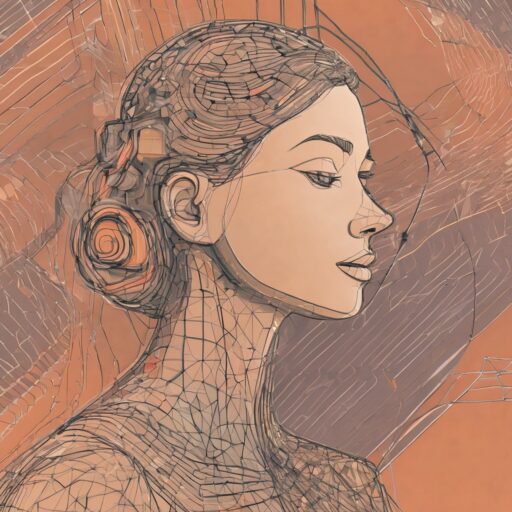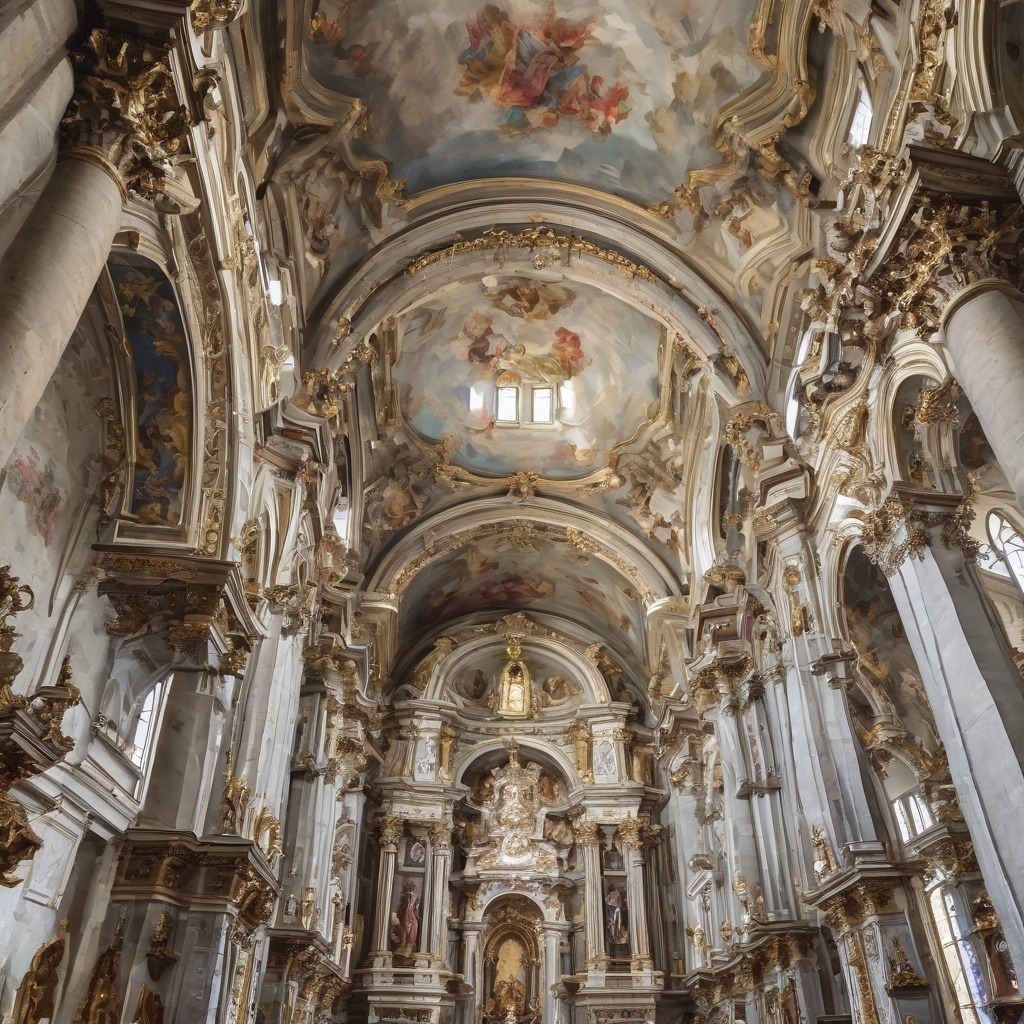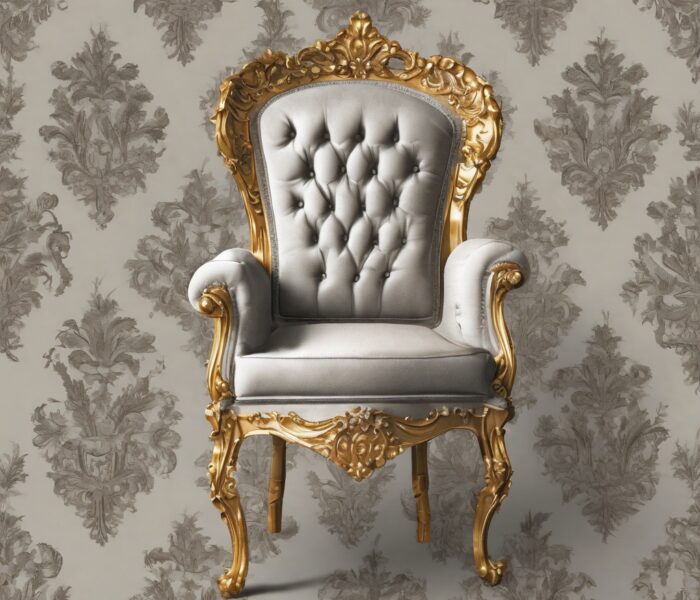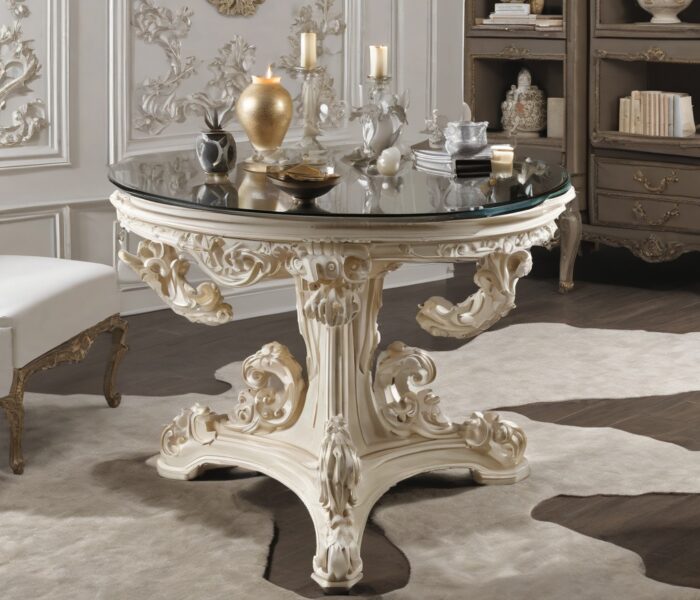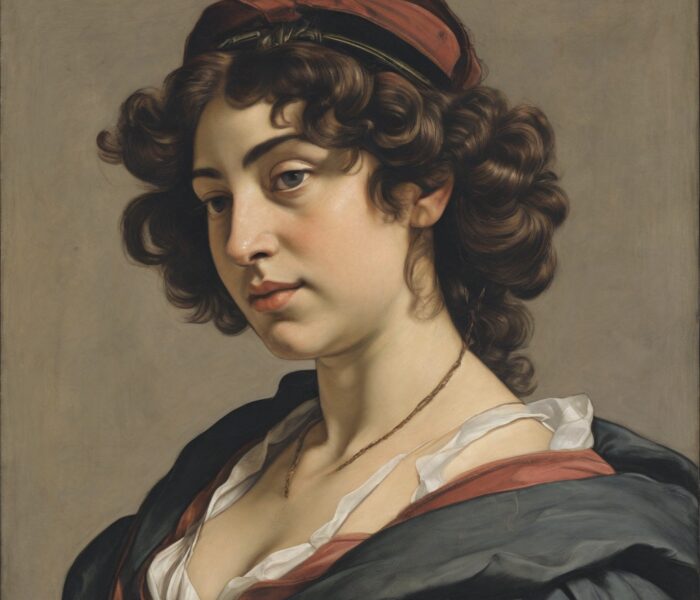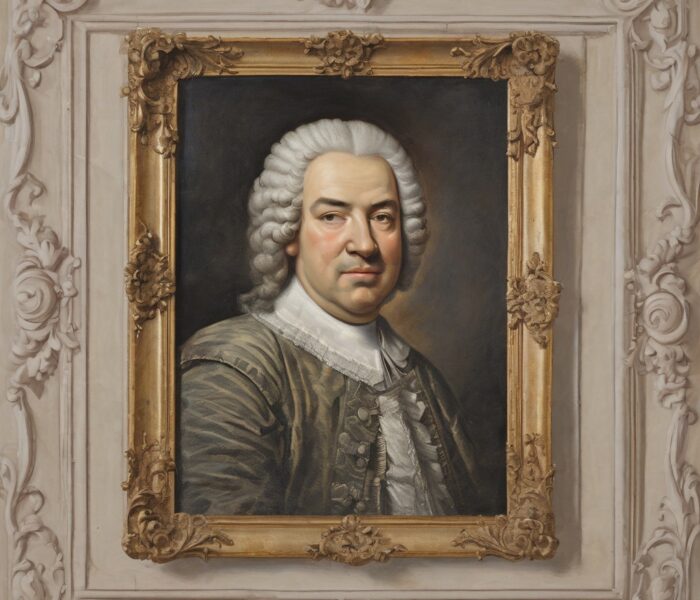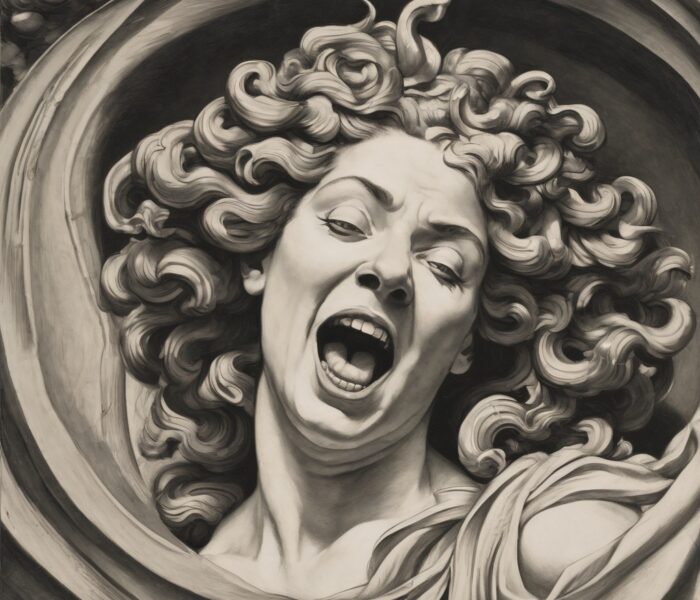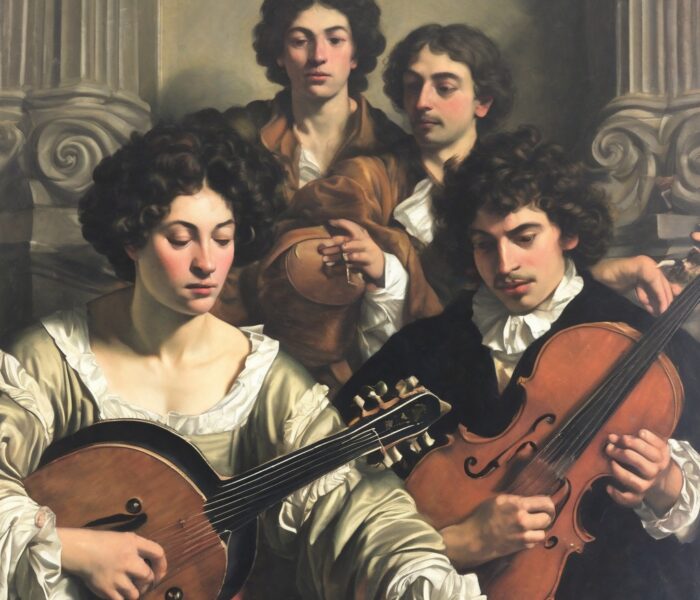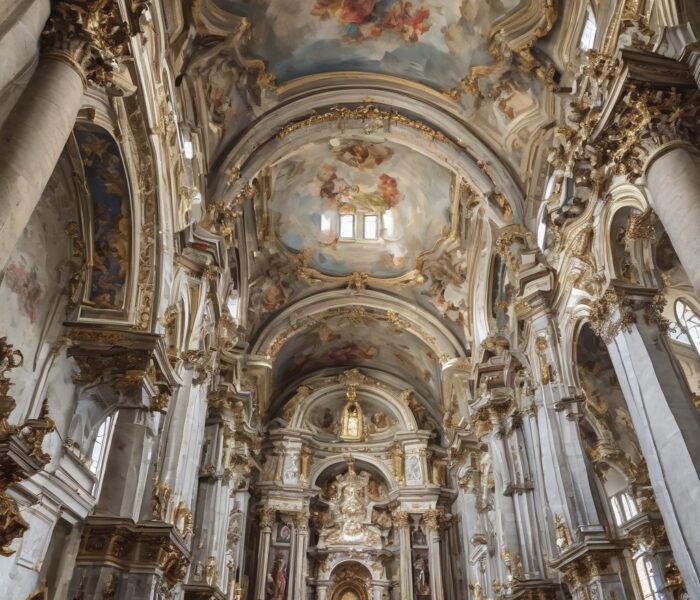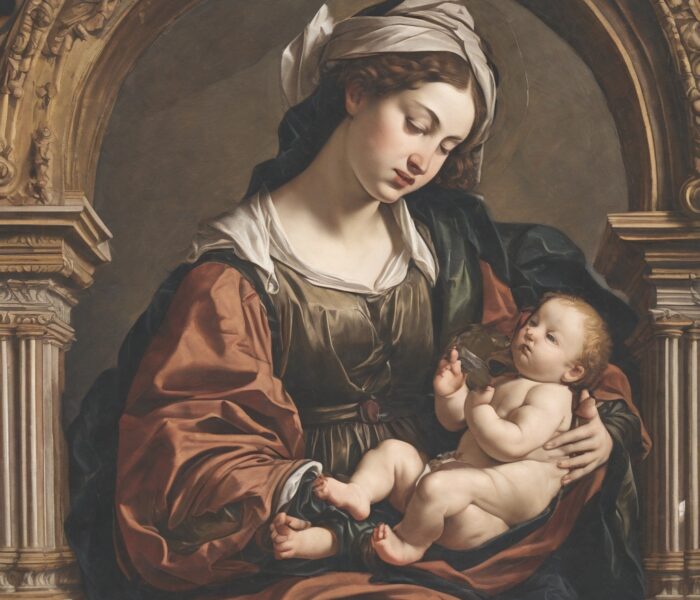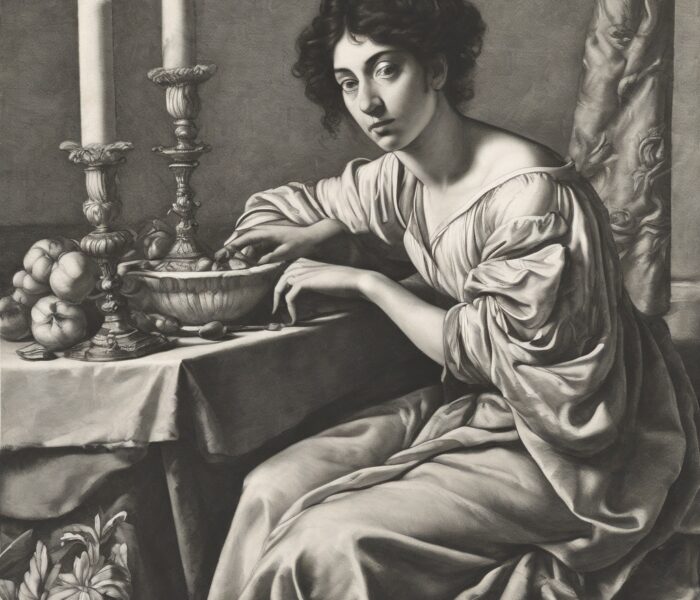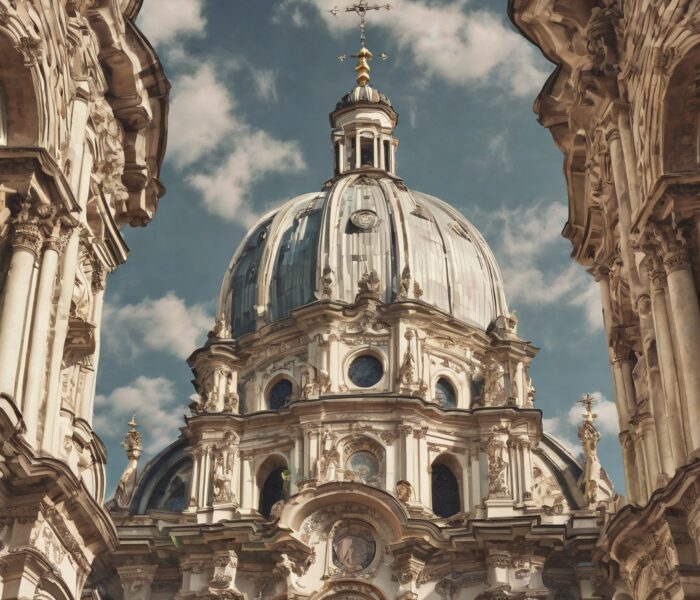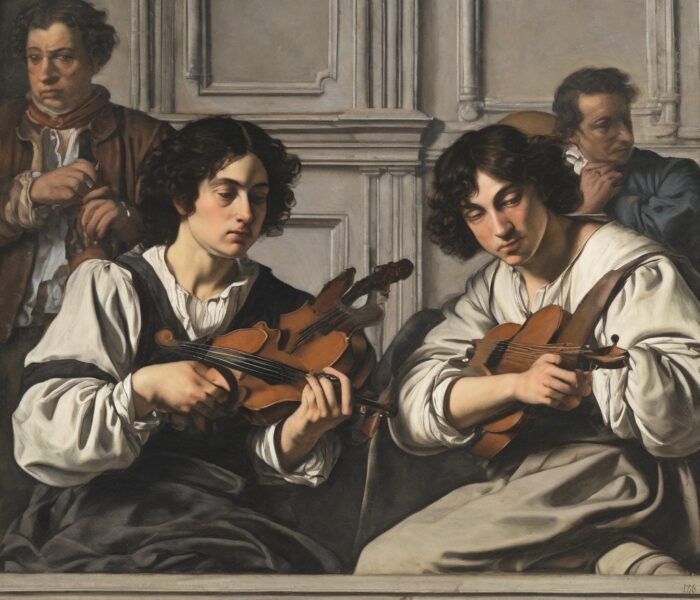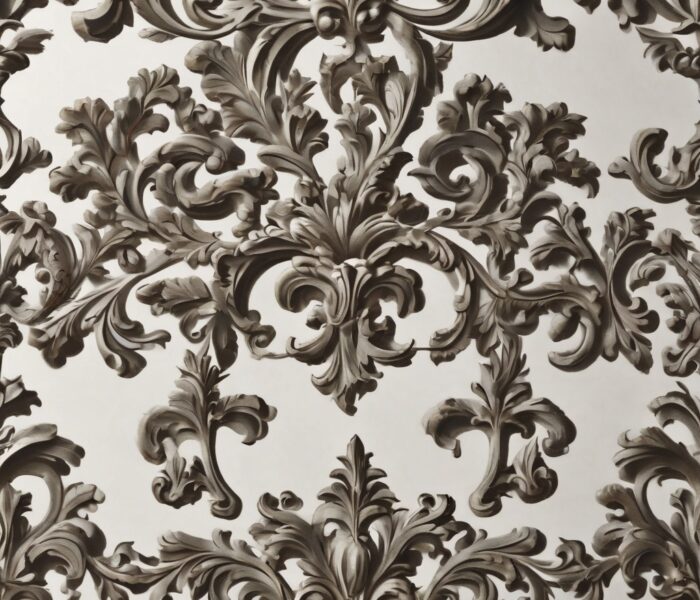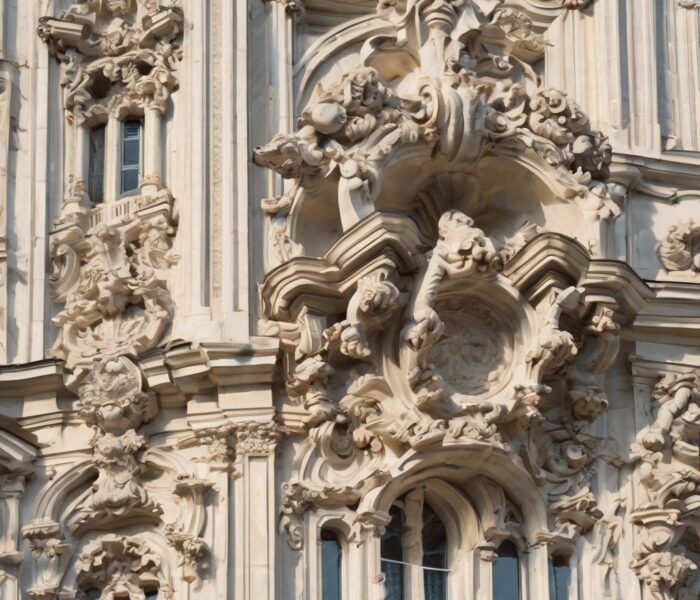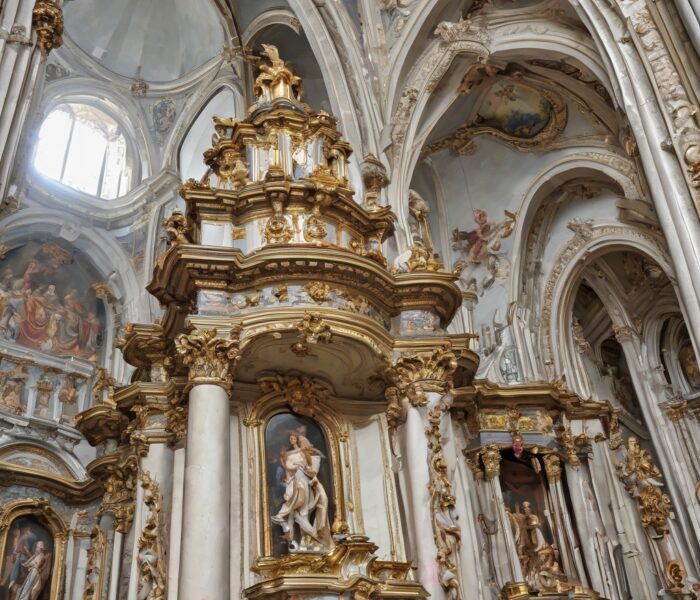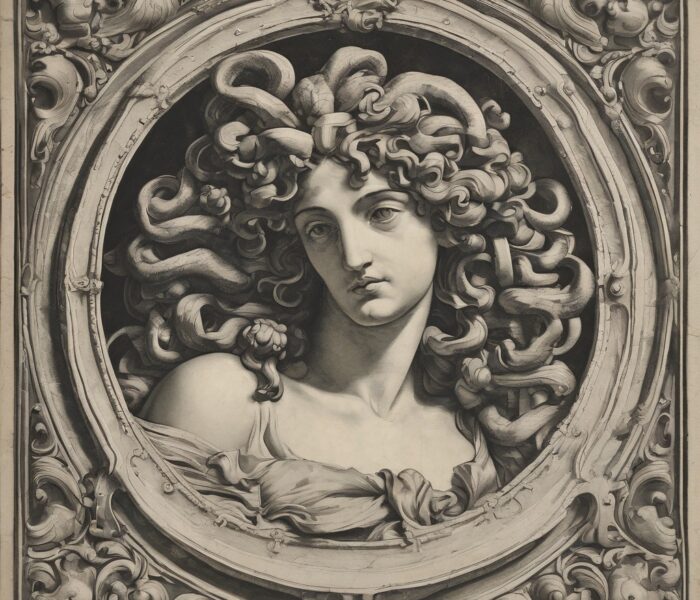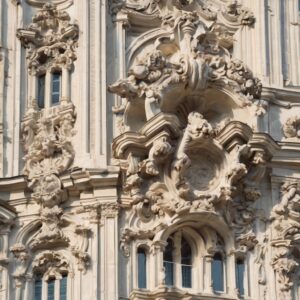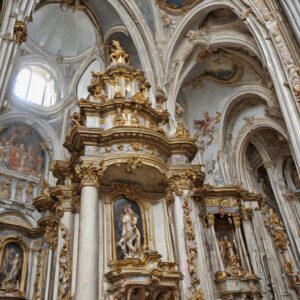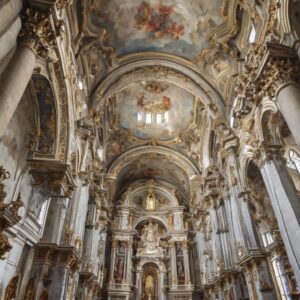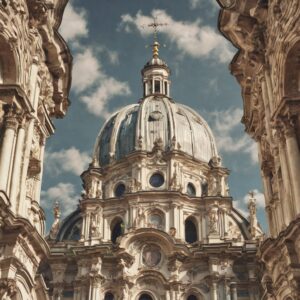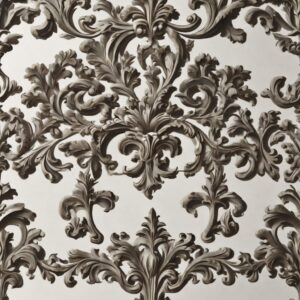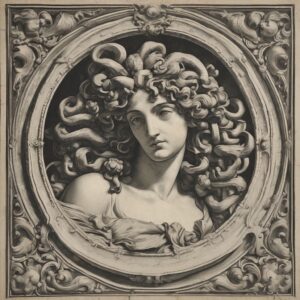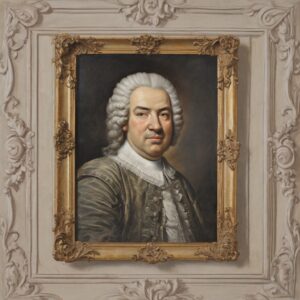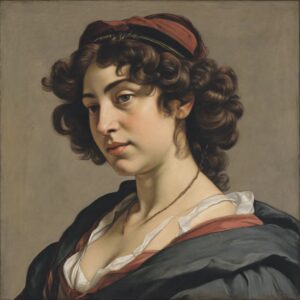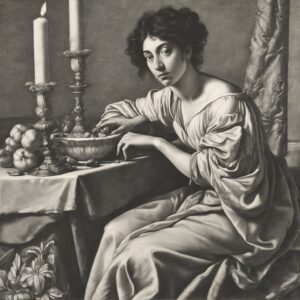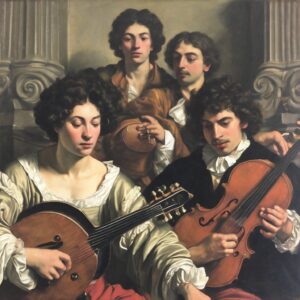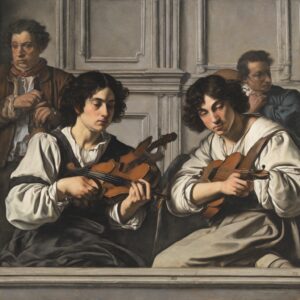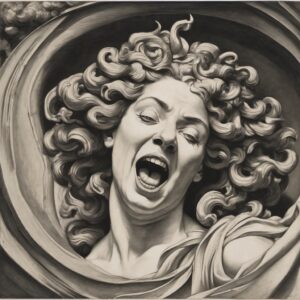The Baroque, an artistic era that flourished in Europe from the late 16th to the early 18th century, is known for its opulent splendor, dramatic theatricality, and intense emotionality. This era of art was marked by cultural and political changes and reflected the power and wealth of the Catholic Church, as well as the monarchies’ quest for grandeur and splendor.
The use of generative artificial intelligence (AI) to study the Baroque style offers fascinating opportunities to explore the distinctive features and styles of that era and create new works of art that capture the spirit and aesthetics of the Baroque. Generative AI algorithms can be trained to mimic the stylistic elements and themes of the Baroque, generating artworks that capture the opulent splendor, dramatic movement, and intense emotionality of that era.
A distinctive feature of the Baroque is its lush and ostentatious aesthetic, which can be found in architecture, sculpture and painting alike. Baroque artwork is often characterized by rich ornamentation, detailed ornamentation, and opulent decorations that can contain a wealth of symbolism and allegorical meanings. Generative AI algorithms can learn to imitate the opulent ornamentation of the Baroque and generate works of art that reflect the luxurious and sumptuous style of that era.
Another outstanding feature of the Baroque is its dramatic theatricality and intense emotionality. Baroque artworks are often characterized by strong contrasts of light and shadow, dynamic compositions and an intense depiction of movement. Generative AI algorithms can learn to capture the dramatic staging and theatricality of the Baroque and generate artworks that capture this overwhelming sensuality and emotionality.
Religious themes and motifs played a central role in Baroque art, as the Catholic Church was a significant power and patron of the arts. Baroque artworks often contain religious symbolism and allegorical depictions that convey spiritual and moral messages. Generative AI algorithms can learn to recognize the religious symbolism and iconography of the Baroque and generate artworks that capture this deep spiritual dimension.
The generation of the art style of the Baroque by means of Artificial Intelligence (AI) requires the consideration of several important aspects in order to successfully capture the characteristic features and moods of this era:
- Dynamism and movement: A central feature of the Baroque is the emphasis on dynamism and movement in art. Baroque works are often characterized by dramatic compositions, diagonal lines, and an intense depiction of movement. Generative AI algorithms must learn to capture the dynamic energy of the Baroque and generate artworks that express this characteristic movement and tension.
- Drama and theatricality: The Baroque was an era of drama and theatricality, both in art and architecture. Baroque works of art are often opulent and ostentatious, with strong contrasts of light and shadow and an intense emotionality. Generative AI algorithms must learn to capture the dramatic staging and theatricality of the Baroque and generate works of art that reflect this overwhelming sensuality and emotionality.
- Religious Themes and Symbolism: The Catholic Counter-Reformation had a great influence on Baroque art, and many works of this era had religious themes and motifs. Baroque artworks were often full of symbolism and allegory that conveyed spiritual and moral messages. Generative AI algorithms must learn to recognize the religious symbolism and iconography of the Baroque and generate artworks that capture this deep spiritual dimension.
- Color and Light: The Baroque was an era of color and light, and many Baroque works of art are characterized by bright colors and dramatic lighting. Generative AI algorithms must learn to capture the subtle nuances of color and light in the Baroque period and generate artworks that capture the intense visual impact of that era.
- Richness of detail and ornamentation: Baroque works of art are often rich in detail and ornamentation, with an abundance of decorative elements and embellishments. Generative AI algorithms must learn to imitate the opulent ornamentation of the Baroque and generate works of art that reflect the lush and magnificent style of that era.
By taking these important aspects into account, generative AI algorithms can create works of art that capture the essence and spirit of the Baroque and open up new possibilities for creative design. Nevertheless, it is important to note that the generation of art by means of AI can also raise ethical questions, especially in terms of originality, authorship, and cultural appropriation. Artists using generative AI should ensure that their work meets ethical standards and maintains integrity and authenticity in the art world.
Overall, the use of generative AI in the context of the Baroque style offers an exciting opportunity to explore the art of that era and create new works that capture the spirit and aesthetics of the Baroque.
